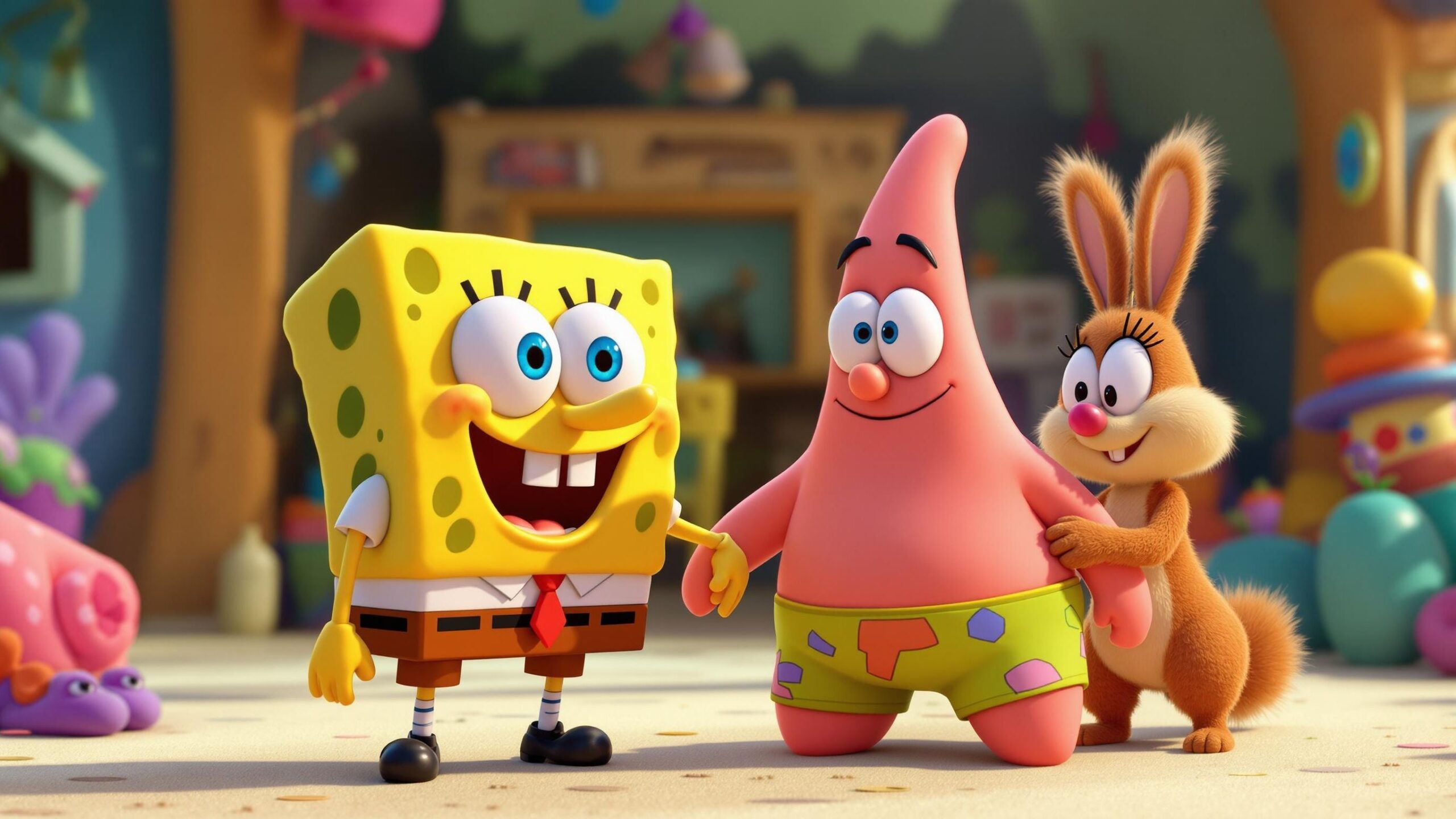When the Arbiter first appeared in Halo 2, he changed the Halo universe forever. No longer were players seeing the war purely through humanity’s eyes—they were suddenly thrust into the heart of the Covenant, into the soul of a warrior struggling with betrayal, faith, and purpose. The Arbiter’s journey—from disgraced commander to redeemer of his people—is one of the richest character arcs in sci-fi gaming. With a voice like thunder (thanks to Keith David’s legendary performance) and a warrior’s heart tempered by wisdom and sorrow, the Arbiter became more than a character—he became a symbol. Today, we honor the ten greatest Arbiter moments that cemented him as a true Halo legend.
#10: Accepting the Mantle of the Arbiter (Halo 2)
The Arbiter’s story begins not with triumph, but with punishment. After failing to protect Installation 04 (the original Halo ring), the Sangheili commander who would become the Arbiter is dragged before the Covenant High Council. Stripped of his name, title, and honor, he is branded a heretic. But instead of execution, he is given a grim chance at redemption: become the Arbiter, a holy but suicidal role reserved for those the Covenant deems expendable. The moment he kneels before the Prophets, accepting the armor and sword of the Arbiter, is heartbreaking—and legendary. It’s not heroism. It’s sacrifice. He accepts not for glory, but because it’s all he has left. Keith David’s voice acting here is pure gold—stoic, bitter, yet tinged with tragic dignity. Behind the scenes, Bungie designed this moment to humanize the “enemy” in a way that was unheard of in shooters at the time. By seeing the war through the Arbiter’s eyes, players were forced to confront the complexity of loyalty, faith, and betrayal. This wasn’t just a new character introduction—it was a turning point for the entire Halo saga.
#9: Fighting the Heretic Leader (Halo 2)
One of the Arbiter’s first missions as the newly anointed figurehead is to hunt down Sesa ‘Refumee, a former Elite who dared to question the Covenant’s truth about the Halos. This battle is more than just a boss fight—it’s a symbolic confrontation between blind faith and awakening truth. As the Arbiter hunts through the floating gas mine, facing Sentinels and Heretic forces, players sense the internal conflict brewing within him. He is forced to destroy one of his own species for daring to speak truths the Prophets don’t want heard. When he finally strikes down Sesa, it’s not a triumphant kill—it’s a grim, necessary betrayal of everything the Arbiter was raised to believe. Bungie intentionally staged this mission to be claustrophobic and unsettling, making players feel the weight of the Arbiter’s actions. Killing the Heretic Leader isn’t a victory—it’s a step deeper into doubt. This moment shows that even as the Arbiter fights for the Covenant, the seeds of rebellion are being planted within his soul.
#8: Teaming Up with Master Chief (Halo 3)
In Halo 3, the universe’s two greatest warriors—Master Chief and the Arbiter—finally fight side-by-side. After spending so much of Halo 2 switching between their perspectives, seeing them together in battle is unforgettable. There’s an immediate sense of reluctant respect between them—two soldiers from opposite sides, bound by mutual survival and a shared enemy. Whether it’s storming the Ark, rescuing Cortana, or fighting off hordes of Flood and Covenant loyalists, Chief and the Arbiter form one of gaming’s greatest alliances. Their silent understanding, punctuated only by brief, sharp dialogue, makes every firefight feel monumental. Developers have revealed that Bungie intentionally minimized dialogue between the two to emphasize their bond through action, not words. Watching these two legends fight back-to-back isn’t just epic—it’s symbolic of hope. Enemies can become brothers when the stakes are high enough. And through it all, the Arbiter fights not for the Prophets—but for freedom, truth, and a better future.
#7: Slaying Tartarus and Ending the Prophet’s Lies (Halo 2 Finale)
One of the Arbiter’s most legendary moments comes at the climax of Halo 2, when he confronts Tartarus—the Chieftain of the Brutes—and stops the firing of Delta Halo. Tartarus represents everything the Arbiter has come to despise: blind obedience, brutality, and betrayal of honor. As the Prophet of Truth manipulates Tartarus into activating the Halo ring, the Arbiter realizes the full extent of the lies he has served under. Joining forces with Sergeant Johnson and Commander Miranda Keyes, the Arbiter storms the Control Room. The boss battle with Tartarus is intense: a savage, close-quarters duel amid rising chaos. What makes the Arbiter’s stand so iconic isn’t just the physical battle—it’s the moral one. With every blow against Tartarus, he strikes at the very foundations of Covenant lies. His final strike, slamming Tartarus down and seizing control of the ring’s activation, is a reclaiming of his honor and his future. Behind the scenes, Bungie intentionally crafted Tartarus as the “dark mirror” of the Arbiter—both enforcers of a system, but only one wise enough to break free. Watching the Arbiter deliver justice in that moment, players knew: he wasn’t just a warrior anymore. He was a liberator.
#6: Leading the Great Schism (Halo 2 & Halo 3)
The Arbiter’s influence doesn’t stop with his own rebellion. His actions help spark the Great Schism—the bloody civil war between the Elites and the Brutes that tears the Covenant apart. After centuries of domination, the Covenant’s lies crumble thanks in large part to the Arbiter’s defiance. As he exposes the Prophets’ manipulation and betrayal, the Sangheili break away from the Covenant and form the Fleet of Retribution, a coalition that fights alongside humanity to stop the Halos’ activation. Watching Elites Clash with Brutes in Halo 2 and Halo 3 is a direct result of the Arbiter’s quiet revolution. It’s one thing to rebel; it’s another to inspire an entire species to reclaim their honor. The Arbiter doesn’t just win battles—he wins souls. Bungie has said that creating the Great Schism was critical to showing that the war wasn’t as simple as “humans good, aliens bad”—and the Arbiter was the bridge between two once-hostile worlds. His leadership reshaped the Halo universe forever, proving that even the fiercest enemies can unite for truth.
#5: Storming the Ark with Master Chief (Halo 3)
Few moments in Halo are as thrilling as the full-scale assault on the Ark in Halo 3, and right at the forefront of it all stands the Arbiter. After uncovering the Prophet of Truth’s plan to activate all the Halo rings remotely, the Arbiter leads the Fleet of Retribution alongside humanity’s forces into the Ark—a Forerunner megastructure outside the Milky Way galaxy. The battles on the Ark are some of the most massive and cinematic in Halo history: sprawling deserts, ancient temples, and brutal Covenant strongholds. Through it all, the Arbiter fights with unwavering purpose. He’s no longer the Covenant’s blade—he’s his own master. His brutal efficiency with the Energy Sword, his tactical brilliance in battle, and his ironclad loyalty to the cause make him not just a great fighter, but a leader of heroes. Developer notes revealed that Bungie specifically designed the Ark assault to feel like the climax of two heroes’ journeys—Chief and the Arbiter—finally working in perfect sync. Watching the Arbiter carve a path through Covenant forces on alien soil, standing shoulder to shoulder with humanity, was a moment Halo fans had waited for—and it delivered beyond measure.
#4: Mercy Killing the Prophet of Truth (Halo 3)
After a long and brutal campaign across the Ark, the Arbiter and Master Chief finally corner the Prophet of Truth, the last living Prophet and the architect of countless atrocities. As Truth lies dying, rambling about salvation and the Great Journey, the Arbiter approaches. There’s no hesitation. No ceremony. He simply drives his Energy Sword through the Prophet’s chest, ending his reign once and for all. It’s a kill filled not with hatred—but with grim necessity. In a single move, the Arbiter avenges billions of lives destroyed by Covenant lies, including the countless Sangheili betrayed by the Prophets’ manipulations. This moment is powerful because it’s so quiet. No grand speech, no gloating—just a clean, final act of justice. Bungie specifically choreographed the scene to show that the Arbiter had transcended petty revenge. He doesn’t kill Truth because he wants to. He kills him because he must. And in doing so, he cements himself as one of the most morally complex and noble figures in the Halo universe.
#3: Fighting the Flood on the Ark (Halo 3 Finale)
When the Gravemind unleashes the Flood across the Ark, infecting both Covenant loyalists and humans alike, it falls to Master Chief, the Arbiter, and 343 Guilty Spark to stop it. Battling through the infestation, the Arbiter shows no fear—not even when facing mutated former allies. His resilience in the face of such grotesque horror is staggering. Fighting the Flood isn’t just physical—it’s psychological. Every Flood form is a reminder of the fallen, the lost, the corrupted. And yet, the Arbiter cuts them down with the same grim precision he shows against the Covenant. Players can feel the immense emotional burden—especially when the Arbiter must kill infected Elites, his own kind. Developers specifically designed these missions to test players’ empathy, and the Arbiter’s silent perseverance makes him a mirror for the horror of war itself. No matter the cost, no matter the losses, the Arbiter fights on. Because he must. Because survival, and honor, demand it.
#2: Returning to Humanity’s Side in Halo 5
Though Halo 5: Guardians was controversial, one of its most universally praised aspects was seeing the Arbiter again—older, wiser, and still as deadly as ever. Now a leader of the Swords of Sanghelios, the Arbiter fights to free his people from the last remnants of Covenant tyranny. When Fireteam Osiris arrives on Sanghelios, they find the Arbiter leading a desperate war against the Covenant remnants with undiminished ferocity. His reappearance isn’t just fan service—it’s a testament to endurance. Even after everything, the Arbiter fights for freedom, not vengeance. His speeches to his troops are filled with fire and conviction, but it’s his actions—storming strongholds, outmaneuvering Covenant warlords, never retreating—that define him. In developer interviews, 343 Industries said they wanted the Arbiter to represent the enduring spirit of resistance. And boy, did he deliver. Watching the Arbiter stride through a battlefield, Energy Sword in hand, leading Sangheili and Spartans alike into battle again, was pure magic for longtime Halo fans.
#1: “Were it so easy…” (Halo 3)
If there is one line, one moment, that defines the Arbiter’s soul, it’s his quiet, cutting words to the defeated Truth. After Chief and the Arbiter defeat Truth and deactivate the rings, the Arbiter stands over the Prophet’s broken body. When the Chief hesitates, the Arbiter says it with soft, deadly certainty: “Were it so easy…” In those four words, the Arbiter captures everything he’s endured—the betrayal, the loss, the endless struggle. Killing the enemy doesn’t erase the pain. Stopping the Halos doesn’t undo the damage. The words aren’t anger—they’re sorrow. Acceptance. They are a sigh of a warrior who knows that redemption isn’t a single moment. It’s a lifetime’s burden. Keith David’s delivery is haunting, and Bungie knew immediately that this line would be the Arbiter’s defining signature. It’s why fans still quote it today. In that simple phrase, the Arbiter proves he’s not just a great fighter—he’s one of gaming’s most powerful, tragic, and unforgettable heroes.
The Arbiter’s journey isn’t just about battles won or enemies defeated. It’s about honor lost and regained. About truth uncovered at terrible cost. About fighting for redemption even when the world says you don’t deserve it. Through every betrayal, every battlefield, and every hard choice, the Arbiter stood tall—not because he was perfect, but because he refused to bow to falsehood. That’s why he remains one of Halo’s greatest icons. A fallen warrior. A reluctant hero. A legend.



